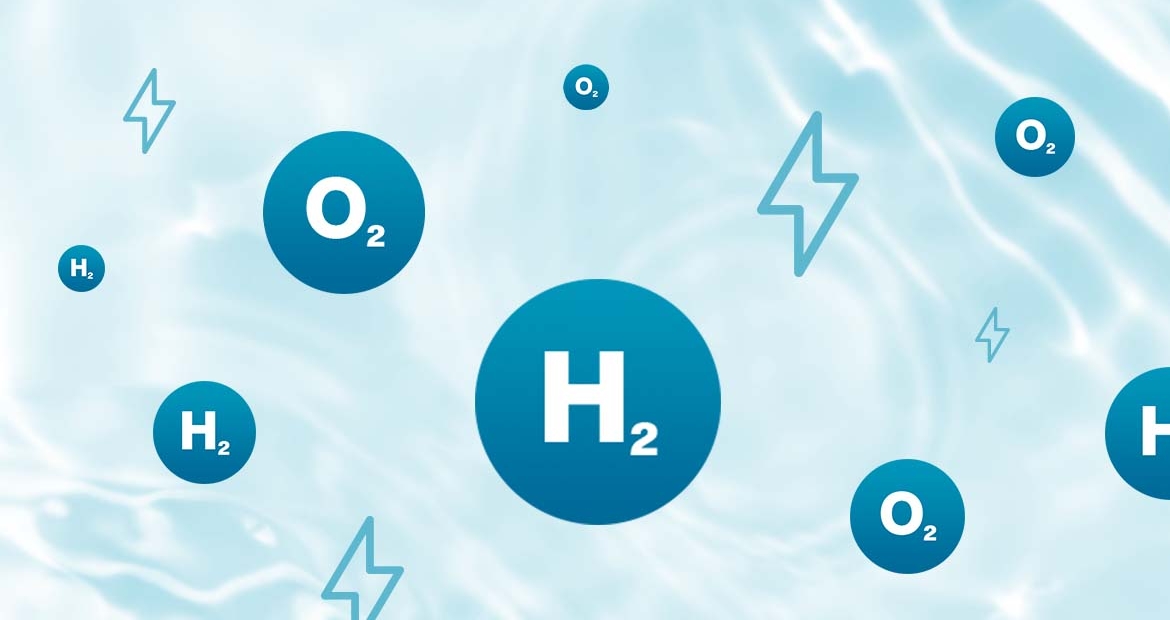Cummins continues efforts to scale green hydrogen production with $5 million DOE electrolyzer project

Cummins Inc. (NYSE: CMI) has been awarded $5 million from the U.S. Department of Energy (DOE) Hydrogen and Fuel Cell Technologies Office for the automation of solid oxide electrolyzer cell (SOEC) and stack assembly. This project furthers the company’s efforts as a leader in alternative power and a pioneer in green hydrogen technologies.
Cummins’ three-year project aims to automate the manufacturing of SOECs to make production of the electrolyzer systems more efficient, reducing capital costs and facilitating the scale-up of the hydrogen economy.
Scaling clean hydrogen production, and technologies that utilize it, is a key component of the Biden Administration’s commitment to tackling the climate crisis and to Cummins’ own sustainability strategy.
“We believe green hydrogen will be critical to a decarbonized future, particularly for hard-to-abate sectors,” said Amy Davis, Vice President and President of New Power at Cummins. “To dramatically reduce greenhouse gas emissions and meet ambitious climate goals, we must invest now in scaling electrolyzer manufacturing and green hydrogen production to create a viable zero-emissions ecosystem. Rapid innovation like this will drive the acceleration of the energy transition in the United States and globally.”
Electrolyzers turn water into hydrogen through a process called electrolysis. SOECs are one of three primary types of electrolyzers, which function differently based on the electrolyte used to facilitate the electrolysis process. Proton exchange membrane (PEM) electrolyzers use a solid polymer electrolyte, and alkaline electrolyzers use an electrolyte solution, such as potassium hydroxide or sodium hydroxide mixed with water. Cummins currently manufactures both PEM and alkaline electrolyzers.
SOECs are the third type of electrolyzer, which use a solid ceramic electrolyte. SOECs operate at much higher temperatures than PEM and alkaline electrolyzers, giving this technology the potential to become more efficient, especially when coupled with industrial processes that utilize steam or high-grade heat. This makes SOECs a potentially important tool in efforts to decarbonize industrial sectors, such as steel production and e-fuels like ammonia.
When any type of electrolyzer is powered by renewable energy sources, such as wind, solar or hydro, it produces “green” hydrogen. This green hydrogen is a carbon-free fuel source that can be used in a variety of applications and industries.
The aim of the Cummins project is the automated assembly of an SOEC stack with low direct labor input, increased cell throughput and a 100% quality control check. Following successful development, the automation concept should enable over 100 MW of electrolyzer production capacity.
The DOE is funding 31 projects that advance next-generation clean hydrogen technologies, totaling $52.5 million. The Cummins project is one of 19 of these projects supported by the Office of Energy Efficiency and Renewable Energy (EERE) that are related to hydrogen and fuel cell research and development. The DOE is funding the Cummins project in the amount of $5 million, the largest award of these 19 projects.
These projects also support the DOE’s recently announced Hydrogen Energy Earthshot to reduce the cost and accelerate breakthroughs in the clean hydrogen sector. All 31 projects focus on bridging technical gaps in hydrogen production, storage, distribution and utilization technologies, thereby paving the way toward decarbonization of the electricity sector by 2035.
The Cummins project award complements additional funding the company received from the DOE to support the development of a high-power density inverter, continuing the company’s innovative work to find additional ways to reduce emissions across global power and energy solutions.
Related Tags